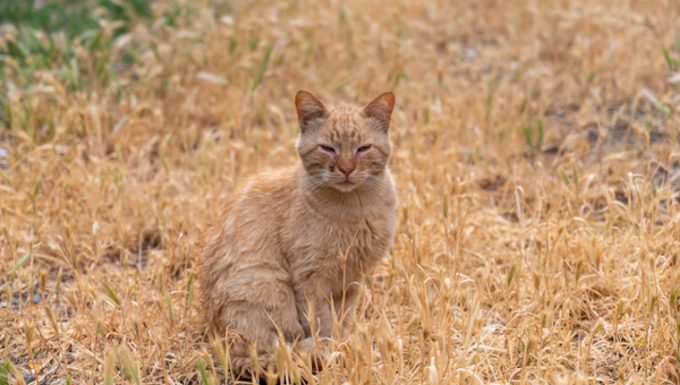Your outdoor cat probably loves to roam around outside. But did you know that foxtails can be harmful to your cat? This is especially so during the summer and fall months.
If you were wondering, foxtails are a type of plant that contain barbed seed heads. Subsequently, foxtails can end up burrowing into your cat’s skin. Sometimes, foxtails can become fatal for a cat.…









